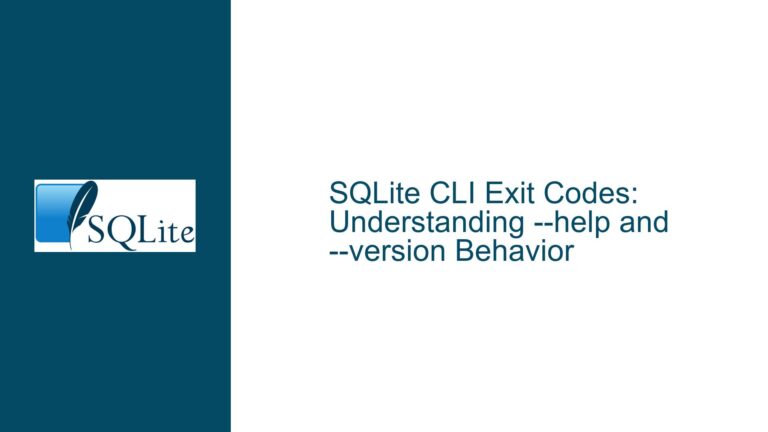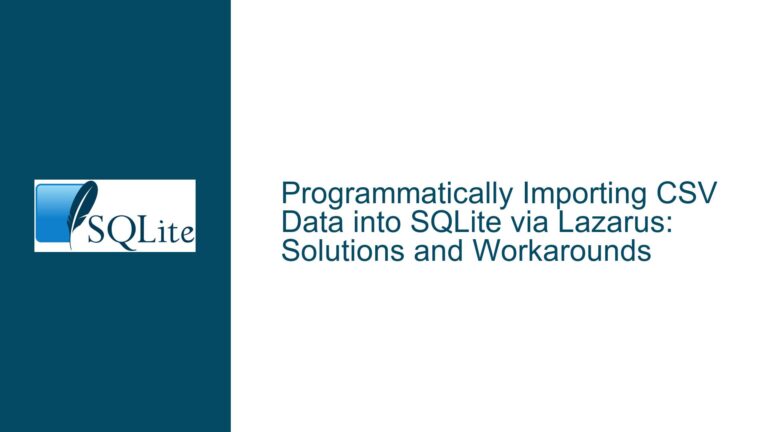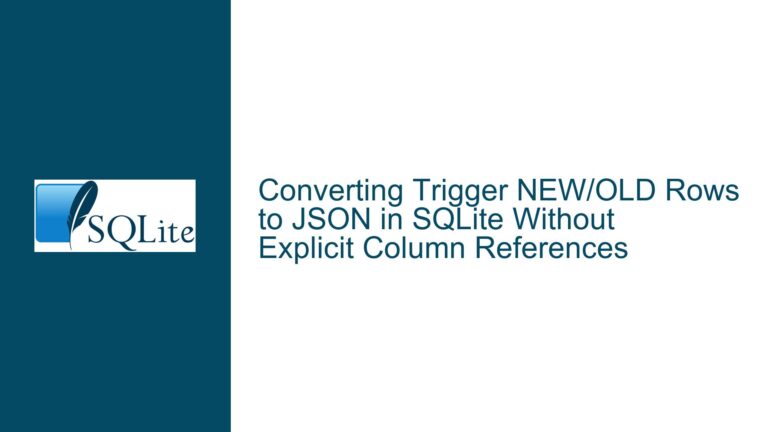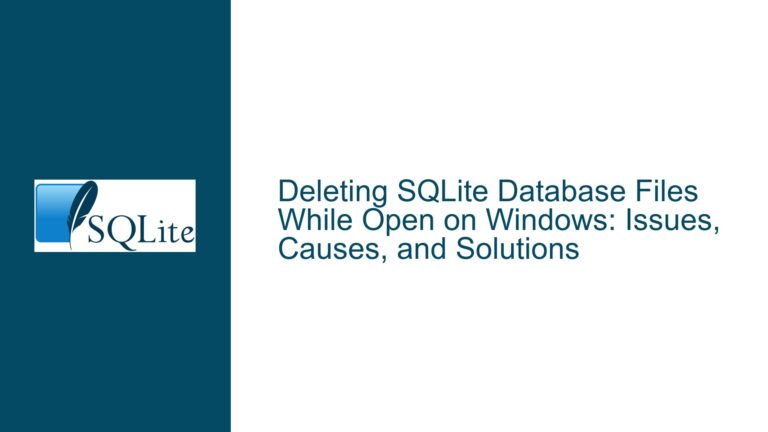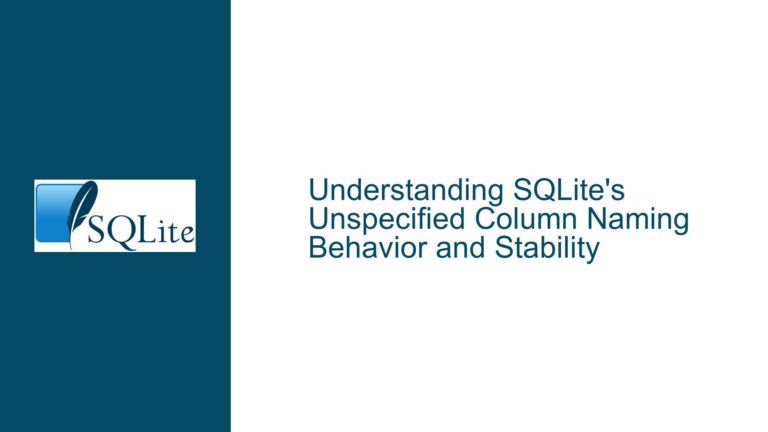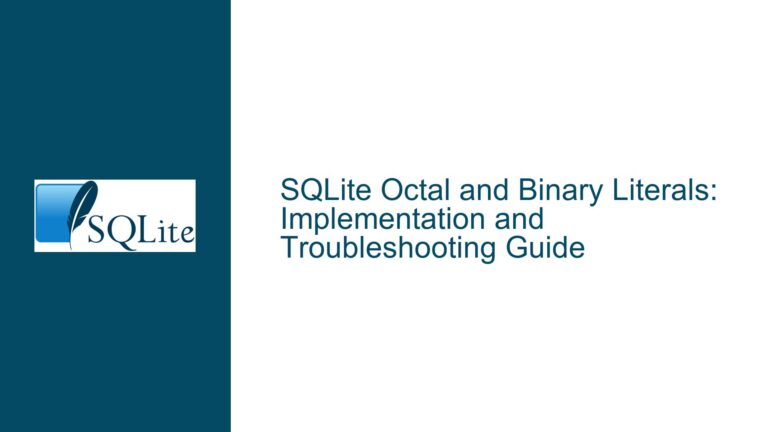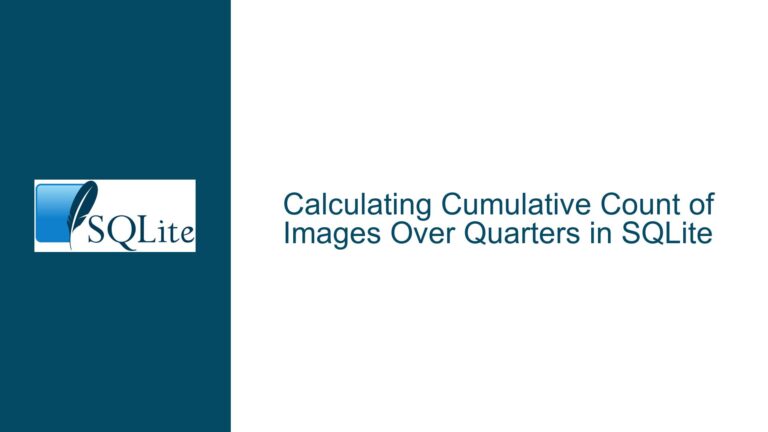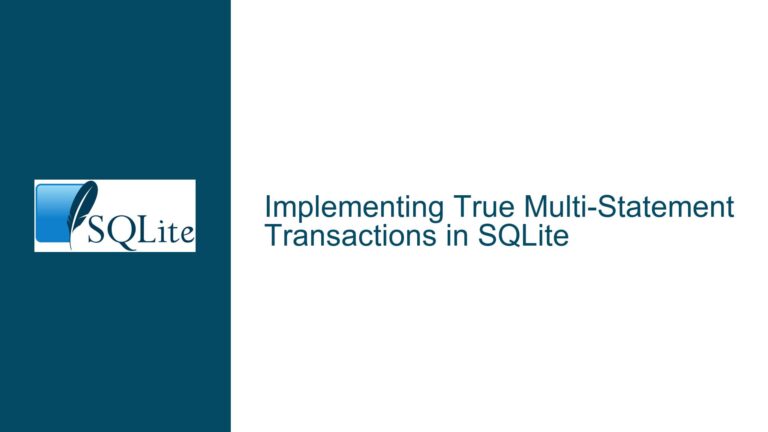SQLite CLI Exit Codes: Understanding –help and –version Behavior
The Behavior of SQLite CLI Exit Codes for –help and –version The SQLite command-line interface (CLI) is a powerful tool for interacting with SQLite databases. One of the nuances of the SQLite CLI is its handling of exit codes, particularly when the –help and –version options are invoked. While both options are designed to provide…
